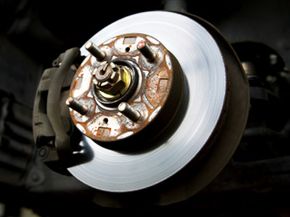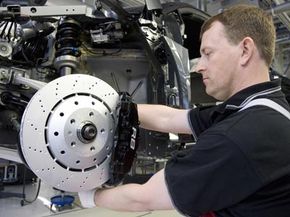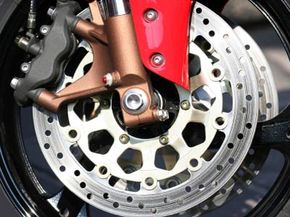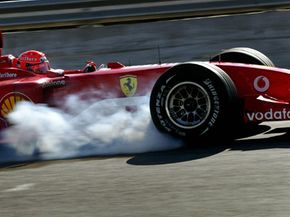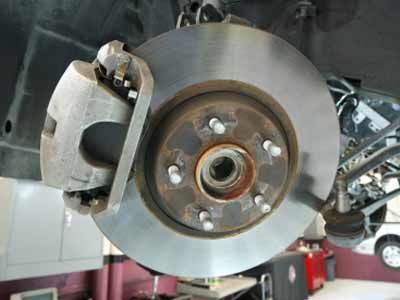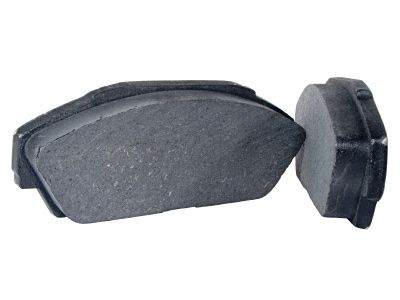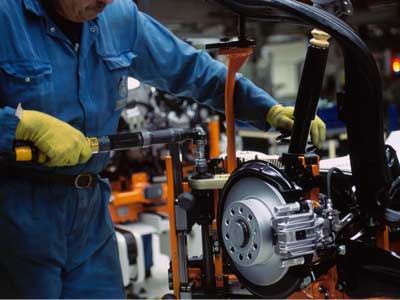Key Takeaways
- Brake rotors are critical components of a vehicle’s braking system, functioning by providing a surface for brake pads to press against to slow or stop the vehicle.
- There are various types of brake rotors, including drilled, slotted and vented, each designed for specific performance needs and driving conditions.
- Maintaining brake rotors is important, as they can wear down or warp from heat and stress, necessitating regular inspection and potential replacement to ensure effective braking.
Most drivers know that they need to perform a little routine maintenance to keep their vehicle in good, working condition. That may involve regularly changing the engine oil, maintaining proper tire pressure and occasionally monitoring the levels of each of the vehicle's vital fluids. Some components and systems require a little more maintenance and others require a little less. In terms of your vehicle's braking system, if you regularly check the fluid and change your brake pads, you have nothing to worry about, right?
Well, not quite. You're forgetting about the rest of the brake parts, including your brake rotors. Brake rotors are an important component in the braking system that stops your vehicle. Brake rotors (they're also called brake discs) are what your vehicle's brake pads clamp down on to stop the wheels from spinning. Some people may be surprised to learn that the brake rotors are just as important to stopping their vehicle as the brake pads are. Like other brake parts, there are several different types of brake rotors available. We'll take a look at a variety of them throughout this article -- pointing out the strong points and drawbacks of each along the way.
Advertisement
Keep reading to learn more about the many different types of brake rotors. You may even be able to determine which are best suited for your car or truck, and how you can maintain them.
Advertisement
